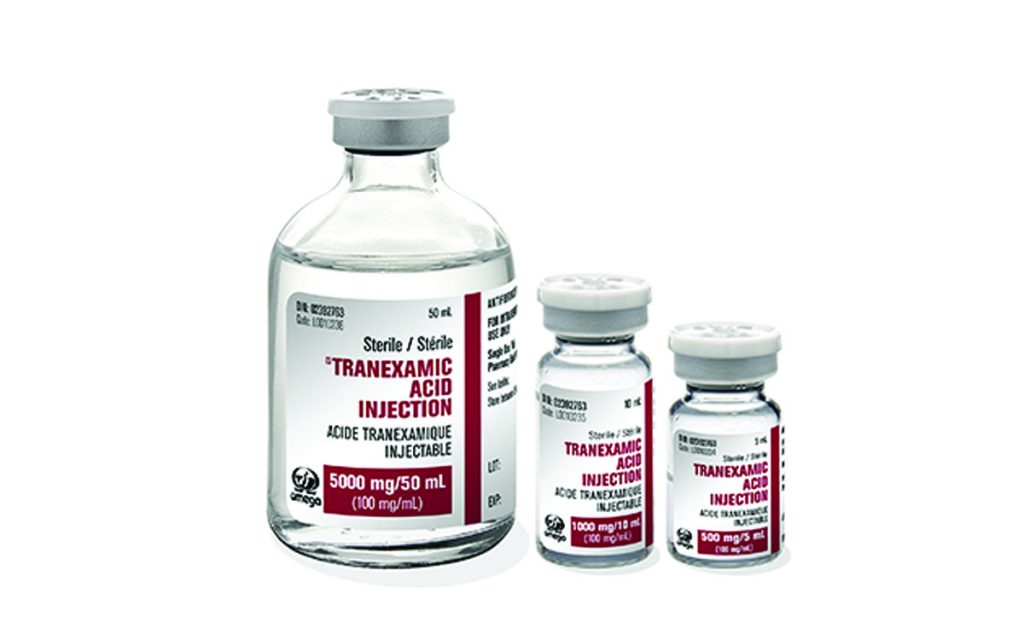This is the last piece in my series on whether or not trauma patients should be initially managed with some limited interventions at the scene, vs just getting them into the ambulance and on their way to a trauma center. This article deals specifically with the needs of victims of penetrating trauma in big cities.
The Eastern Association for the Surgery of Trauma (EAST) published the results of a multicenter trial on the utility of prehospital procedures performed by EMTs and medics in this subset of patients. Most of the studies previously reviewed do not show an obvious advantage to dawdling at the scene.
The EAST study took an interesting approach. It limited patients to those in urban locations near trauma centers, which largely eliminated time from the equation. The authors could then attempt to identify any utility in performing procedures prior to trauma center arrival.
This was an observational trial of adults with penetrating injury to the torso or proximal extremity. A total of 25 trauma centers participated for a one-year period. Patients with penetrating injuries above the clavicles or in the distal extremities were excluded.
Here are the factoids:
- Although 2,352 patients met inclusion criteria, a small number (68) were excluded because the method of transport was missing (!)
- Type of transport was ALS (63%), private vehicle (17%), police (14%), and BLS (7%)
- Nearly two-thirds (61%) received some type of prehospital procedure
- The procedures performed included intubation (6% on scene, 2% in transport), IV access (49% on scene, 42% in transport), IO access (5% on scene, 3% in transport), fluid resuscitation (16% on scene, 32% in transport),application of a pressure dressing (23% on scene, 12% in transport), and tourniquet application (6% on scene, 2% in transport)
- Patients who received prehospital interventions had significantly longer hospital length of stay (5.6 vs 4 days) and were more likely to develop ARDS, venous thromboembolisms, and urinary tract infections
- In-hospital mortality was significantly higher in the intervention group (10.3% vs 7.8%)
- Mortality significantly increased with the number of interventions performed at the scene and enroute to the trauma center
- Prehospital intubation was strongly correlated with mortality, and the following procedures were also associated with higher mortality: fluid resuscitation, cervical spine immobilization, and pleural decompression
- Prehospital IV insertion was significantly associated with survival, but tourniquet placement was neutral
- There was no mortality difference based on the type of transport provided
Bottom line: This is a fascinating paper that applies to a limited subset of patients. Specifically, it only studied patients in urban areas with a trauma center that was presumably very close. Prehospital endotracheal intubation proved to be the most deadly intervention. A few studies have confirmed that intubation further degrades end-organ perfusion further in animals with severe hemorrhagic shock.
The finding that prehospital fluids were associated with higher mortality, but that IV access was not, is puzzling at first. However, there are a number of papers clearly showing that resuscitation without definitive hemorrhage control, can be deadly. This study confirms this fact in humans and lends support to the concept of permissive hypotension in these patients.
Cervical spine immobilization proved to be a mortality risk. The reasons are not clear, but difficulties in placing an airway and increased intracranial pressure could be factors. The only clear indication would be for stabilization of the neck in patients with cervical cord injuries. However, in such cases the damage is done and collars are likely not of any benefit neurologically.
The biggest flaw in this study was that it did not record transport times. The authors assumed that times were short since the patients were injured in high density urban areas. There was also concern for selection bias, as more severely injured patients were more likely to undergo prehospital intervention.
The takeaway message is that in a setting with very short transport time to a trauma center, hemorrhage control trumps almost everything else. Obtaining IV access or applying a tourniquet may be beneficial, but should only occur once the patient is enroute to minimize time on scene. More advanced maneuvers such as fluid resuscitation, fluid resuscitation, collar placement, or needle decompression of the chest should be delayed for management by the trauma team.
These results cannot be generalized to patients with longer expected transport times, although we don’t have good research yet to back up this assertion. In those patients, it is probably best to adhere to the good old ABCs of ATLS. And of course, until this work is confirmed by more studies, do not go against any policies or procedures established by your prehospital agency!
Reference: An Eastern Association for the Surgery of Trauma multicenter trial examining prehospital procedures in penetrating trauma patients. J Trauma 91(1):130-140, 2021.


